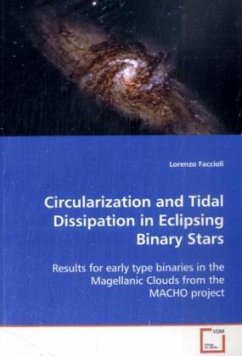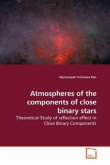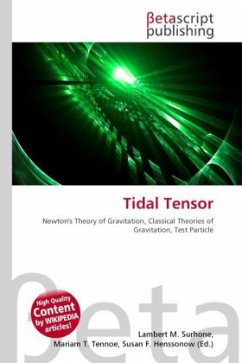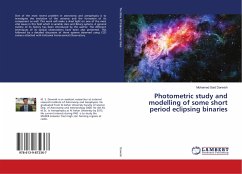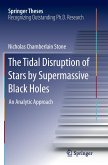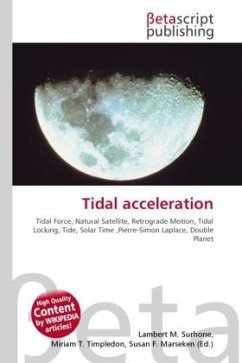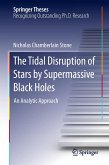This work studies orbital circularization of binary
stars past the Main Sequence using two new samples of
eclipsing binary stars found in the Magellanic Clouds
by the MACHO Project, as well as samples introduced
by the OGLE-II project and finds strong evidence of
orbit circularization past the Main Sequence phase of
stellar evolution, by the almost complete absence of
systems with eccentric orbits in the Red Giant part
of the Color Magnitude Diagram whereas the Main
Sequence exhibits systems with a broad range of
eccentricities.
This absence allows to robustly conclude that binary
stars
circularize their orbits either on crossing the
Hertzsprung Gap or on ascending the Red Giant Branch
when they undergo a sudden and dramatic increase in
their dimensions resulting in strong tidal forces
that disrupt the orbit.
The work then quantifies the effects of tidal
interaction and distortions via a a thorough study of
the Specific Dissipation Function Q, which is
generally not well known for binary stars and finds
evidence of a low degree of tidal dissipation.
stars past the Main Sequence using two new samples of
eclipsing binary stars found in the Magellanic Clouds
by the MACHO Project, as well as samples introduced
by the OGLE-II project and finds strong evidence of
orbit circularization past the Main Sequence phase of
stellar evolution, by the almost complete absence of
systems with eccentric orbits in the Red Giant part
of the Color Magnitude Diagram whereas the Main
Sequence exhibits systems with a broad range of
eccentricities.
This absence allows to robustly conclude that binary
stars
circularize their orbits either on crossing the
Hertzsprung Gap or on ascending the Red Giant Branch
when they undergo a sudden and dramatic increase in
their dimensions resulting in strong tidal forces
that disrupt the orbit.
The work then quantifies the effects of tidal
interaction and distortions via a a thorough study of
the Specific Dissipation Function Q, which is
generally not well known for binary stars and finds
evidence of a low degree of tidal dissipation.

